Among Sineng Electric’s PV string inverter portfolios for the South African market, it revealed this arrangement with Power n Sun, slated for September 2022. The series of three-phase string inverters targeting South Africa’s commercial and industrial sectors is newly debuted by Sineng. The ratings of the string inverters are 50 kW, 120 kW, 250 kW and 275 kW, respectively.
Additionally, First Solar partnered with Yaskawa Solectria Solar, one of just few US manufacturers of solar inverters, in September 2022. Both firms have moved to optimize the utilization of utility-scale string inverters such as Solectria XGI 1500-250 for expansion of First Solar thin-film cadmium telluride solar modules. This deal will contribute grounded DC input into a new version of XGI 1500-250 utility-scale string inverter.
Kehua Data Co., Ltd. announced that its SPI series 1500V/350kW string inverter has passed HVTR and LVRT tests at once and obtained certification report in July 2022.
Ginlong (Solis) Technologies Co.Ltd announced an investment fund worth CNY2.925 billion yuan in June 2022, which would be used to produce a large quantity of string inverters and distributed photovoltaic power station projects. The new project, with an annual production capacity of up to 950000 units of string inverters, totals $016 billion, according to the company release.
SMA Solar Technology AG launched a hybrid inverter for rooftop photovoltaic systems, both residential and commercial applications, in January 2022. This new device operates with high-voltage Li-on batteries and delivers efficiencies up to approximately 98%. With its built-in automatic backup power supply, optimal battery discharge is assured.
In June 2022-Ginlong Technologies introduced its residential storage hybrid inverter into the U.S. solar market. The introduction of this product will strengthen the product line of the company.
In February 2020-For, for single-phase residential customers, Growatt launched a new inverter, TL-XH.
In February 2020, in the United States, the solar market was introduced to a new product the company referred to as the residential storage hybrid inverter due to its characteristics, and therefore, it contains a dual AC and DC output. The launch of such a product will broaden the product portfolio of the company.
In February 2020, Ginlong launched its brand-new Titan TL-XH inverter, targeting single-phase residential customers, expanding its product range and services to all customers.
In November 2021, Sungrow Power has declared that it has entered into a distribution agreement with Hudaco Energy, a company based in South Africa which offers energy cleaning solutions, to sell its energy storage devices to Southern Africa for use in households, commercial and industrial establishments. Such arrangements would promote the sustainable development of the region and long-term electricity back up for the region.
In January 2022, for rooftop photovoltaic installations, both residential and commercial, SMA Solar Technology AG has launched a new hybrid inverter in the market. The new inverter works with high-voltage Li-on batteries and operates at an approximate efficiency of 98 percent. It includes an automatic backup power supply which ensures an optimal use of the battery.
In July 2022, Kehua Data Co., Ltd. has reported that its SPI series 1500V/350kW string inverter has effectively passed both the High Voltage Ride Through (HVRT) and the Low (zero) Voltage Ride Through (LVRT) tests and received the certification report in a single instance.
In June 2022, a company called Ginlong Solis Technologies Co. Ltd announced an investment of about CNY 2.925 billion to be utilized in the manufacture of string inverters as well as in energy-distributed PV station projects. Going by the announcement, the investment in constructing the new project with a capacity to produce 950,000 string inverters annually will stand at USD 0.160 billion.
In September 2022, Sineng Electric has proclaimed that they are joining hands with Power n Sun for its string PV inverter product line for the South Africa Market. Sineng introduced their next generation series of commercial 3 phase string inverters targeting the South Africa Market. The string inverters' capacities are 50kW, 120kW, 250kW and 275kW respectively.
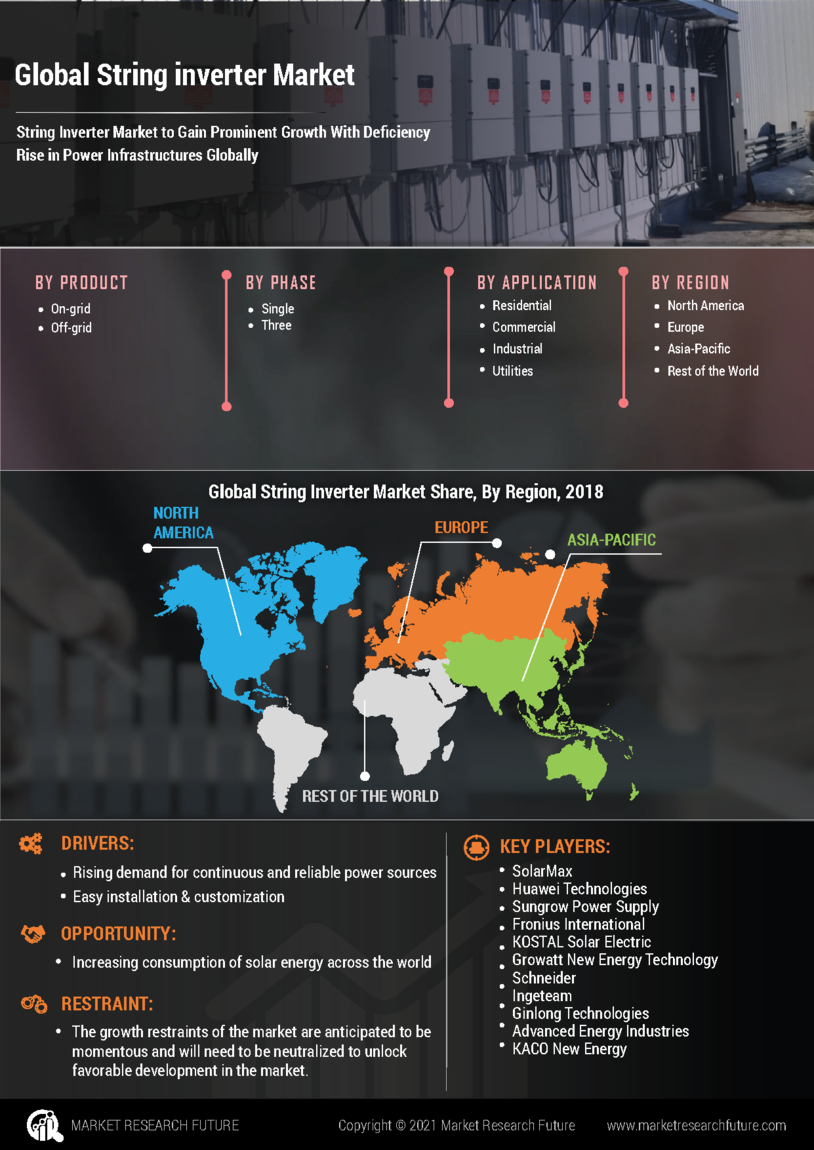

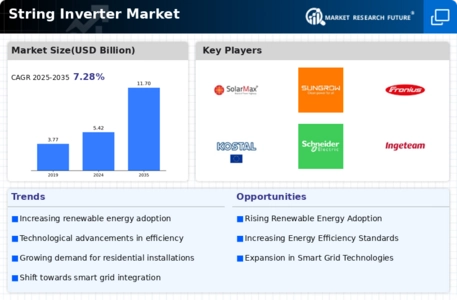
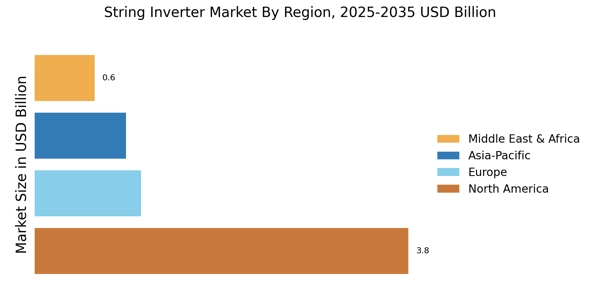
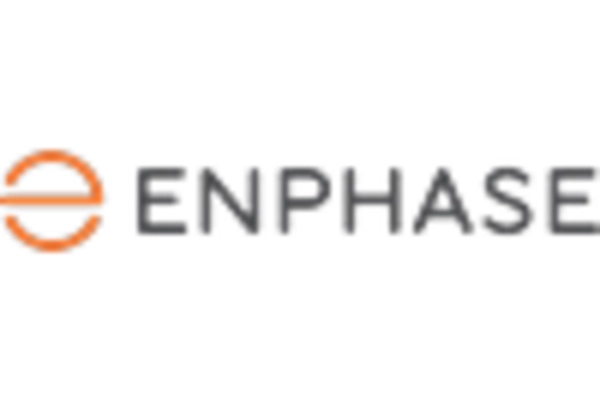

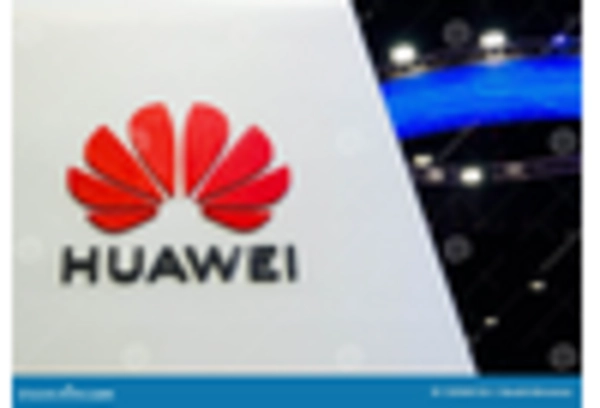

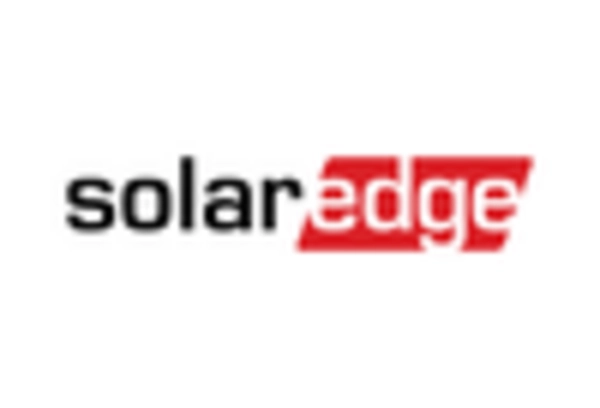
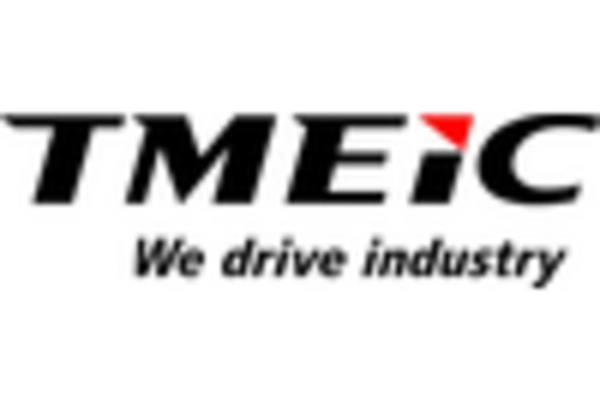








Leave a Comment